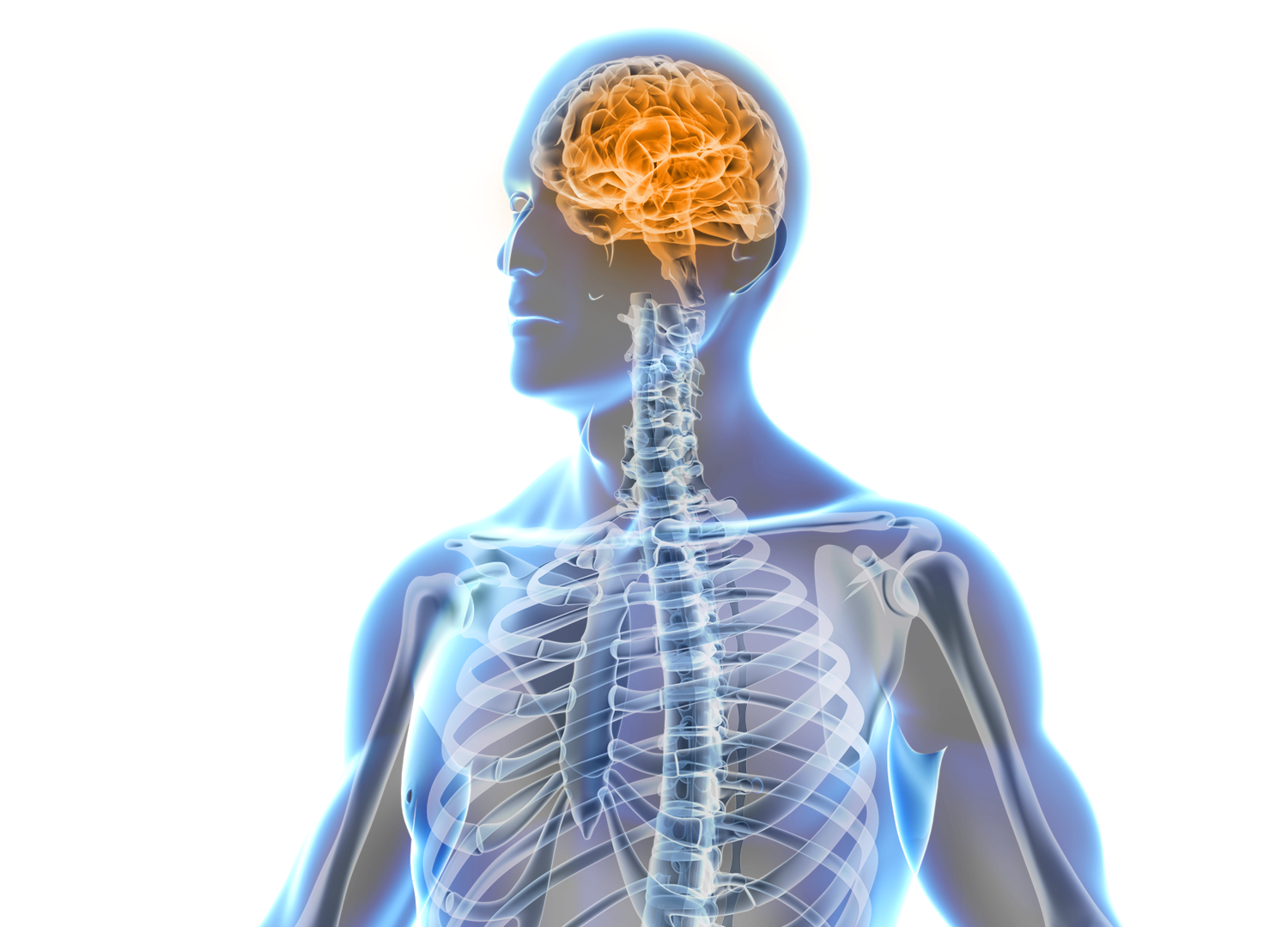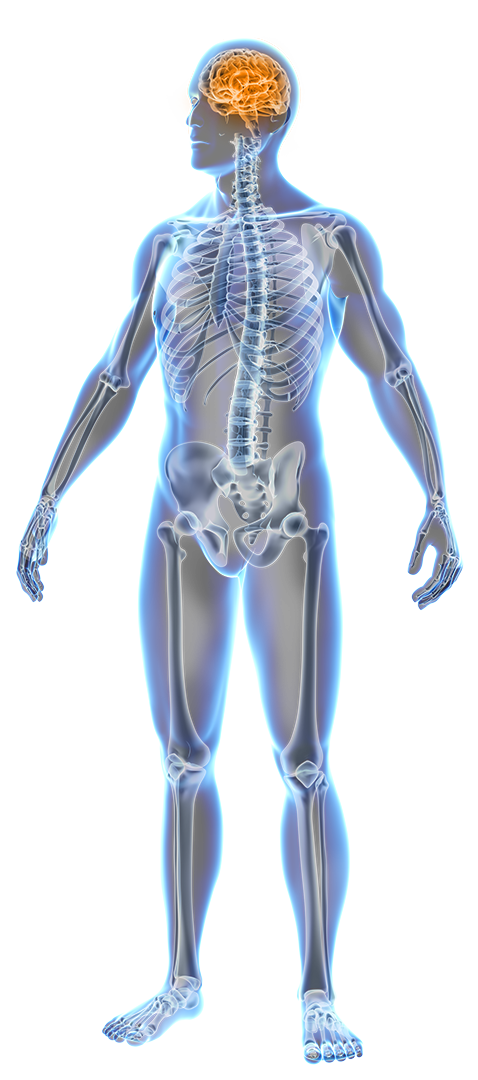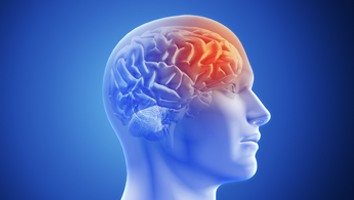Neuro Care
Your brain is a remarkable organ, responsible for your thoughts, memories, and every action you take. It's vital to prioritize brain health and take steps to safeguard it throughout your life. Preventing strokes, one of the leading causes of brain-related issues, involves maintaining a healthy lifestyle with regular exercise, a balanced diet, and controlling risk factors like high blood pressure and diabetes. In the event of a stroke, early detection and timely medical intervention can make a world of difference. Advances in medical science continue to offer promising treatments and therapies to help individuals on their journey to recovery and improved brain function.










